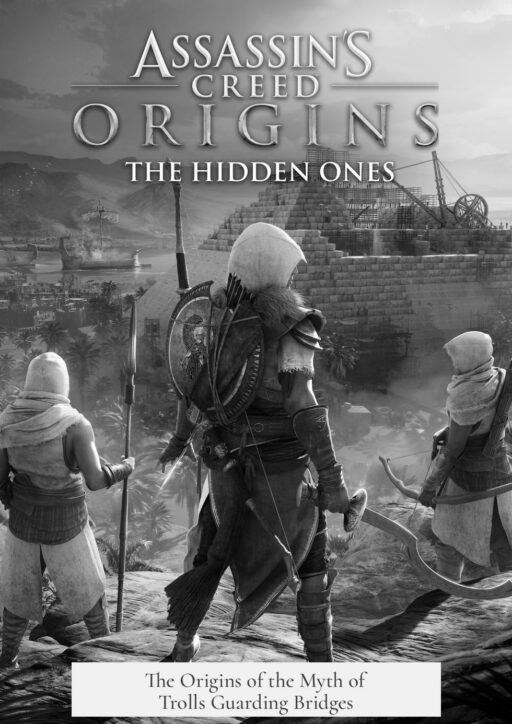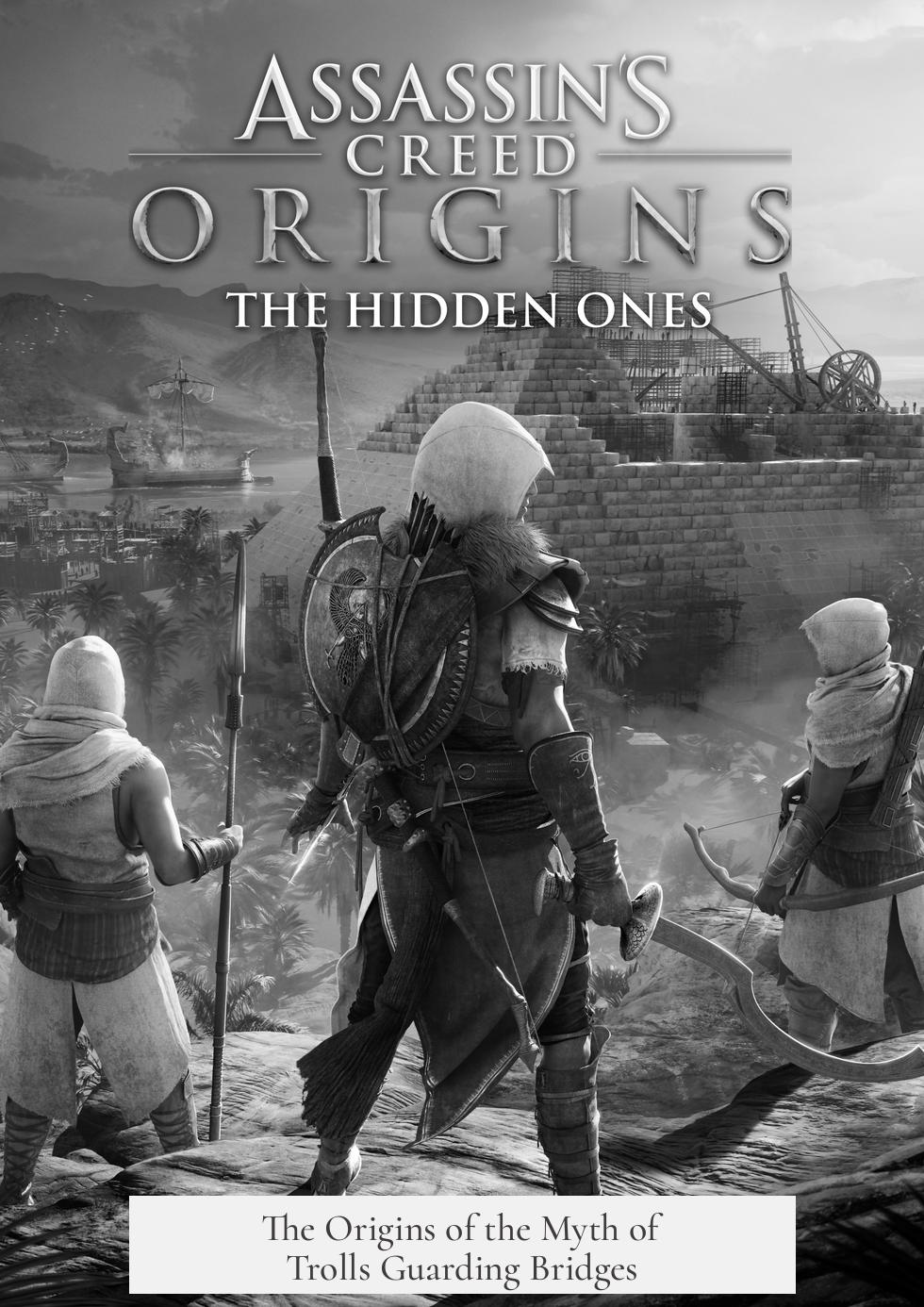The myth of trolls guarding a bridge originates from Norwegian folklore, particularly popularized through the 1859 English translation of “The Three Billy-Goats Gruff” by George Webbe Dasent. This story featured a menacing troll lurking beneath a bridge, threatening travelers, and it cemented the image of bridge-guarding trolls in the international imagination.
In traditional Norwegian folklore, trolls are supernatural beings known for residing in remote, wild environments like ravines and hills. These creatures often possessed a dark, threatening nature, ready to attack unsuspecting travelers. The association with bridges arose because these natural crossing points represented vulnerable sites where one might face danger from hidden beings. Trolls were not originally and exclusively linked to bridges, but this setting provided a memorable and easily recognized scene in storytelling.
The spread of this specific motif beyond Scandinavia largely resulted from the efforts of key folklorists. Peter Christen Asbjørnsen and Jørgen Engebretsen Moe compiled numerous Norwegian folktales during the early 19th century. Their work, originally published in 1841 as Norske Folkeeventyr (Norwegian Folktales), introduced a variety of traditional tales to a Norwegian audience.
When George Webbe Dasent translated these collections into English in 1859, he brought these motifs to English-speaking readers. His translation, titled Popular Tales from the Norse, included “The Three Billy-Goats Gruff,” which vividly described the troll as “a great ugly troll, with eyes as big as saucers, and a nose as long as a poker” living under a bridge. In the story, three goats encounter the troll while crossing the bridge, ultimately outsmarting and destroying it. This tale stuck in the popular imagination due to its simplicity, vivid imagery, and dramatic tension.
Scandinavian troll folklore, however, is more complex and varied than this single image suggests. Trolls in Norway and neighboring countries can be grotesque, fiendish creatures, but they also take other forms. Some resemble otherworldly, sometimes alluring beings more similar to Celtic fairies. Depending on the region and story, trolls possess different traits, from destructive to neutral or even humorous. Few original tales associate trolls directly with bridges; instead, the stories situate them in isolated natural landscapes.
The dominance of the bridge-guarding troll in global popular culture mainly results from the power of print media and oral storytelling traditions converging in this particular tale. The single story of “The Three Billy-Goats Gruff” became a cultural staple taught to children and referenced widely, overshadowing the range of troll stories and characteristics found in Scandinavian folklore. This emphasis narrowed the myth to a simple, easily communicated image of a troll guarding a bridge and threatening those who pass.
| Aspect | Details |
|---|---|
| Origin | Norwegian folklore depicting trolls as dangerous beings in wild, remote places |
| Key Tale | “The Three Billy-Goats Gruff” featuring a troll under a bridge threatening goats |
| Main Contributors | Asbjørnsen and Moe (collectors); George Webbe Dasent (translator to English) |
| Popularization | 1859 English translation introduced motif internationally |
| Folklore Complexity | Original trolls varied widely in form and behavior, not exclusively bridge-guardians |
| Reason for Dominance | Power of a single well-known story in print tradition |
- The myth ties directly to Norwegian tales where trolls inhabit remote natural settings.
- “The Three Billy-Goats Gruff” is the central story that links trolls and bridges globally.
- English-speaking audiences adopted the myth mostly through Dasent’s 1859 translation.
- Scandinavian folklore’s troll character is broad and diverse beyond the bridge motif.
- Print culture and oral tradition concentrated attention on one vivid, repeatable story.



